Black beard algae, also known as Black Brush Algae or BBA, is a type of algae that is commonly found in aquariums. It is known for its dark, fuzzy appearance, which can resemble a beard or brush. This type of algae can quickly spread and become a nuisance for aquarium owners.
BBA is a common problem for aquarium hobbyists because it grows rapidly and can be difficult to remove once it has established itself in an aquarium. It can also be difficult to prevent because it can spread from one aquarium to another through contaminated equipment or water.

To control BBA, it is important to maintain good aquarium husbandry practices. This includes regular water changes, avoiding overfeeding, and maintaining proper lighting and water parameters. In addition, removing any dead or decaying plant matter and limiting the use of nitrate and phosphate fertilizers can help to reduce the growth of BBA.
Some aquarists have had success using chemical treatments to eliminate BBA. These treatments typically contain hydrogen peroxide or other active ingredients that target the algae directly. Other hobbyists have had great success using Flourish Excel and APT Fix However, these treatments can also harm other plants and animals in the aquarium, so it is important to use them with caution.
In addition to chemical treatments, physical removal of BBA is also effective. This can be done by manually wiping the algae from the surface of rocks, plants, and other surfaces in the aquarium. Some aquarium hobbyists also use specialized tools, such as an algae scrubber, to remove BBA more effectively.
Another effective way to control BBA is to introduce fish and other animals that feed on algae. For example,Siamese algae eaters Molliesare known to feed on BBA. These animals can help to control the growth of BBA and keep it from spreading throughout the aquarium.
In conclusion, Black beard algae is a common problem for aquarium hobbyists, but it can be controlled with good husbandry practices, chemical treatments, physical removal, and the introduction of algae-eating animals. It is important to approach the control of BBA with a combination of these methods for the best results.

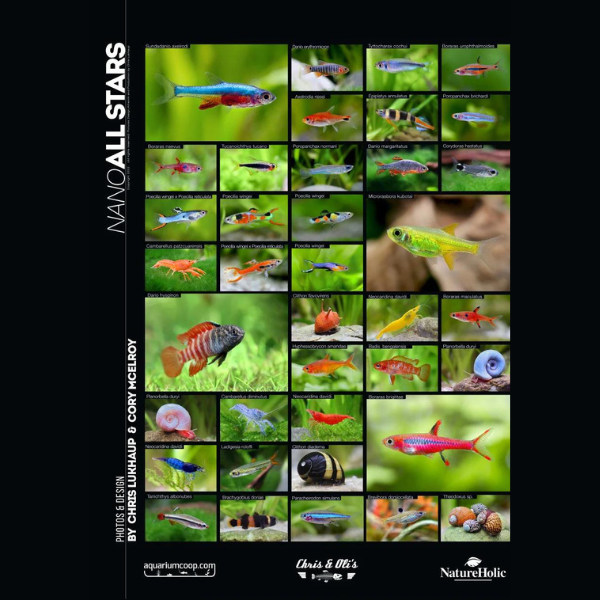
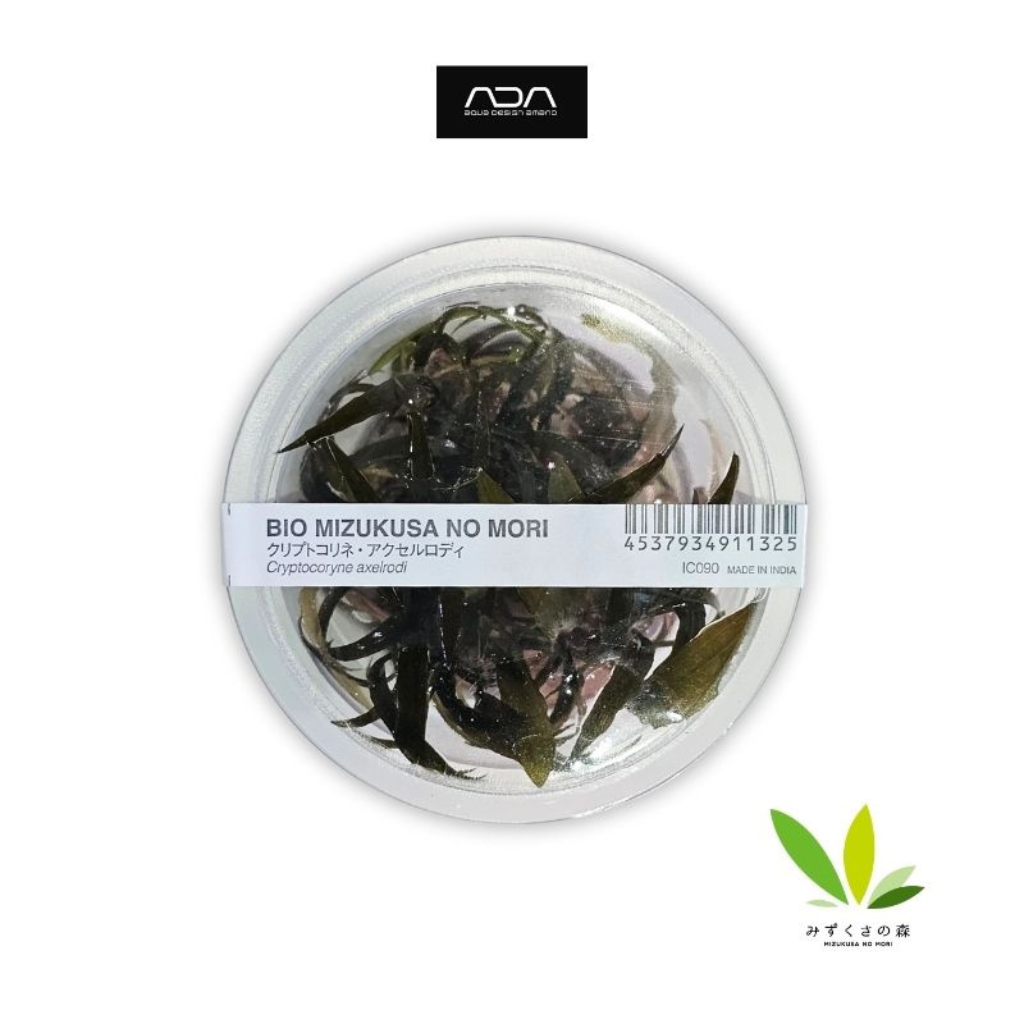
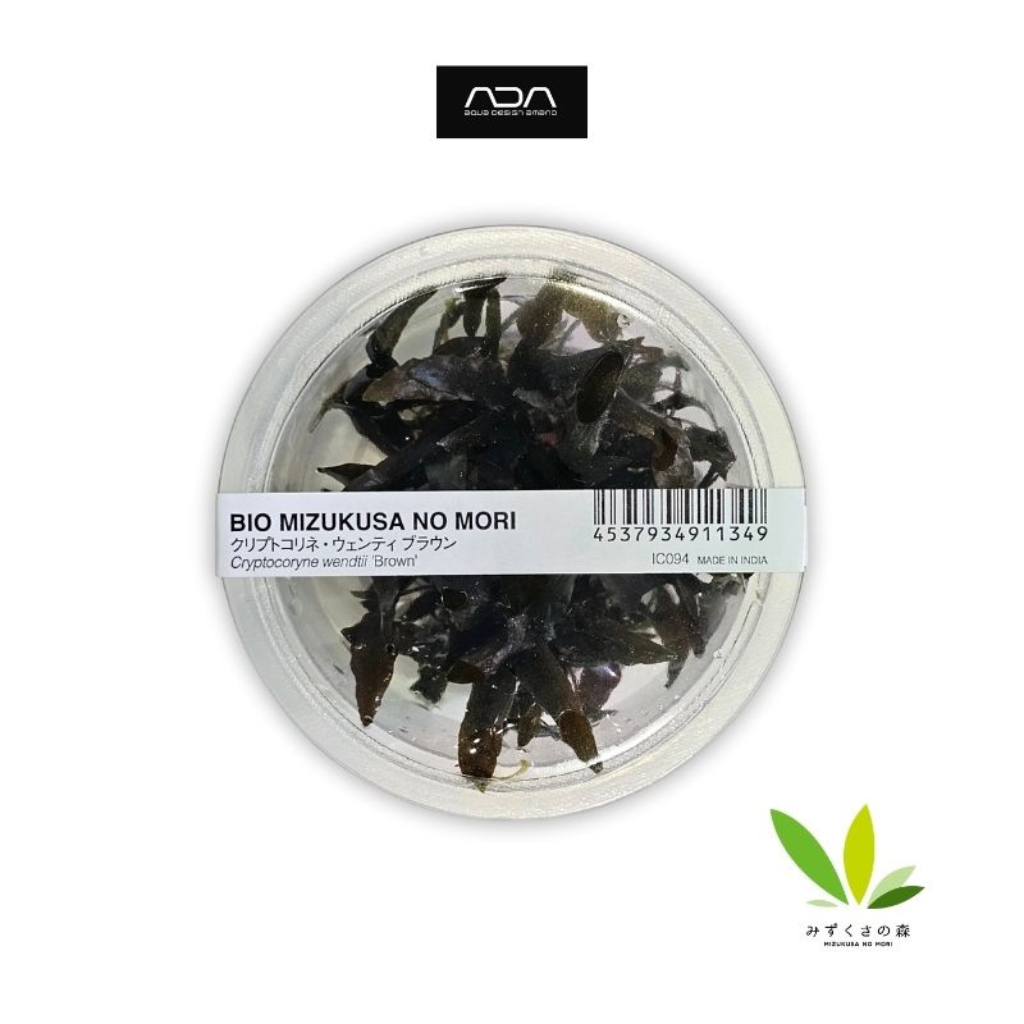
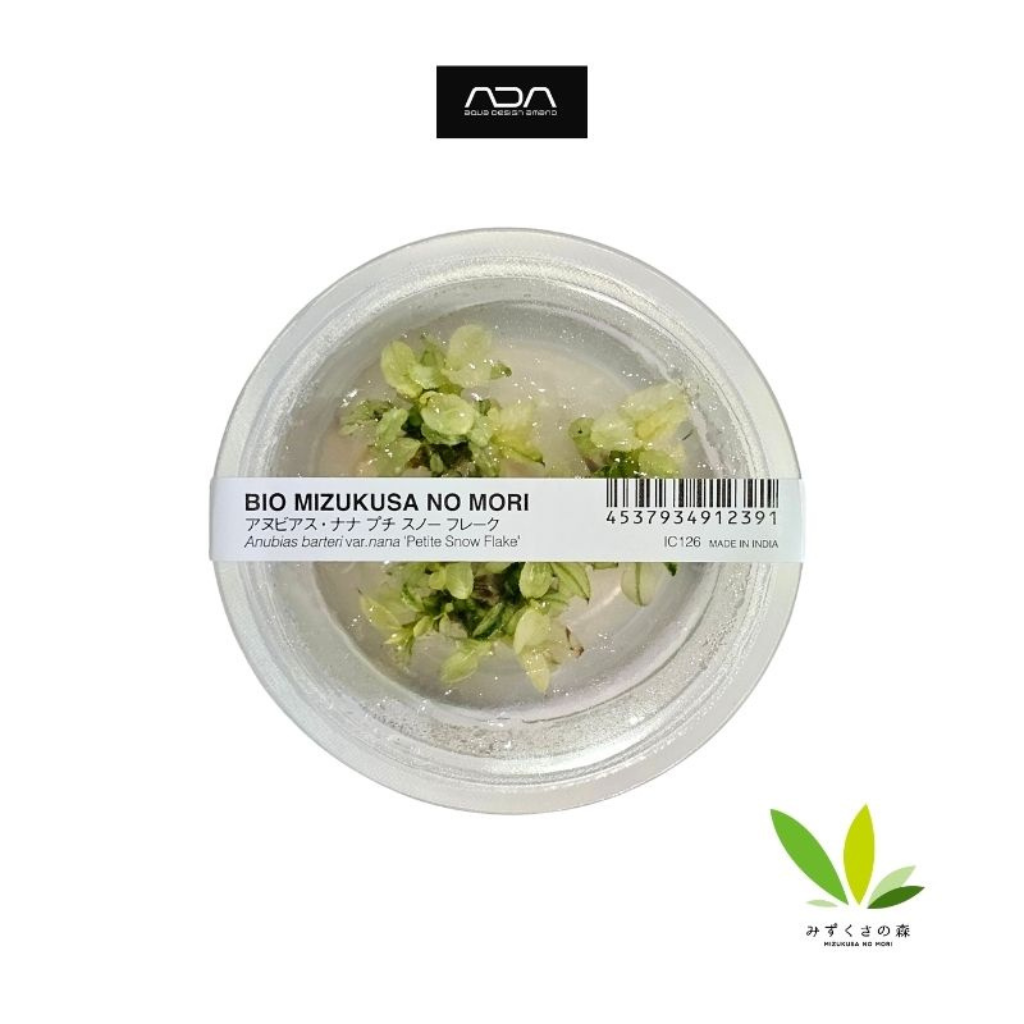
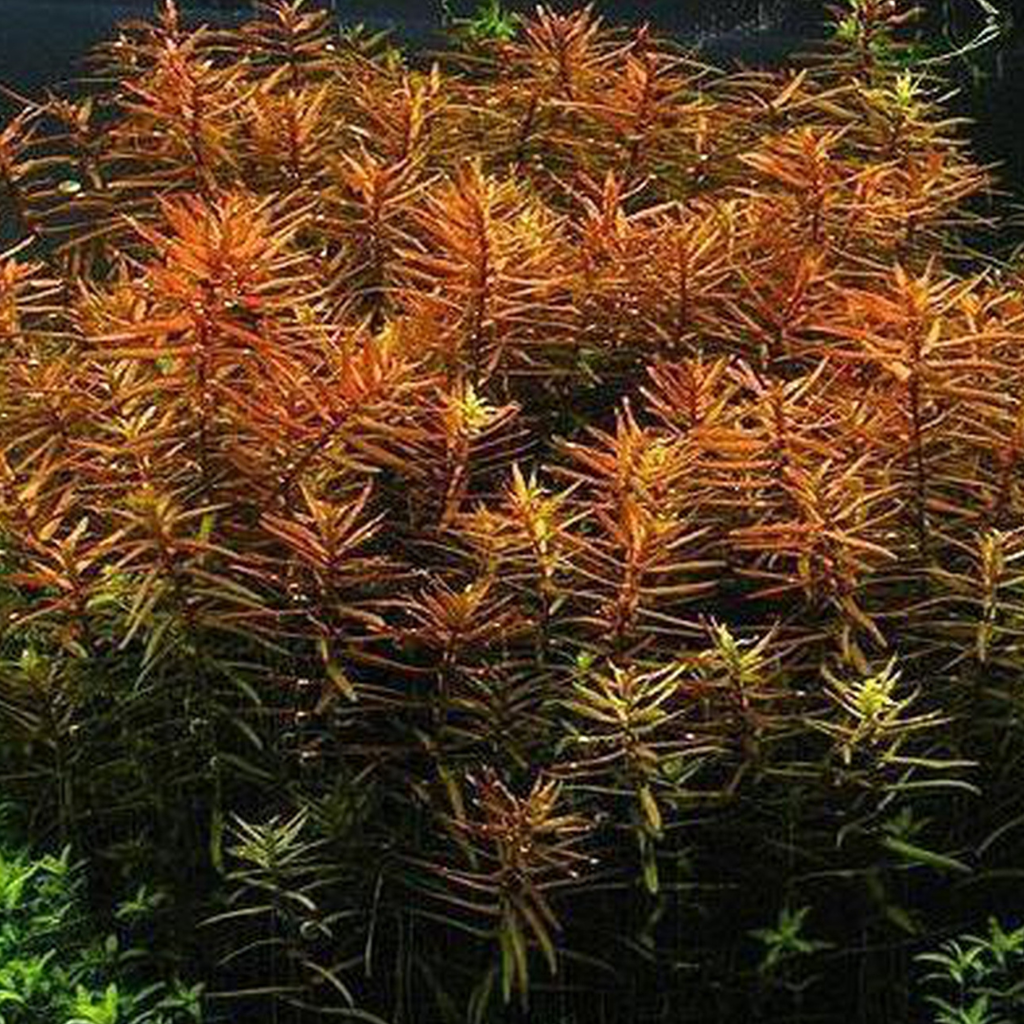
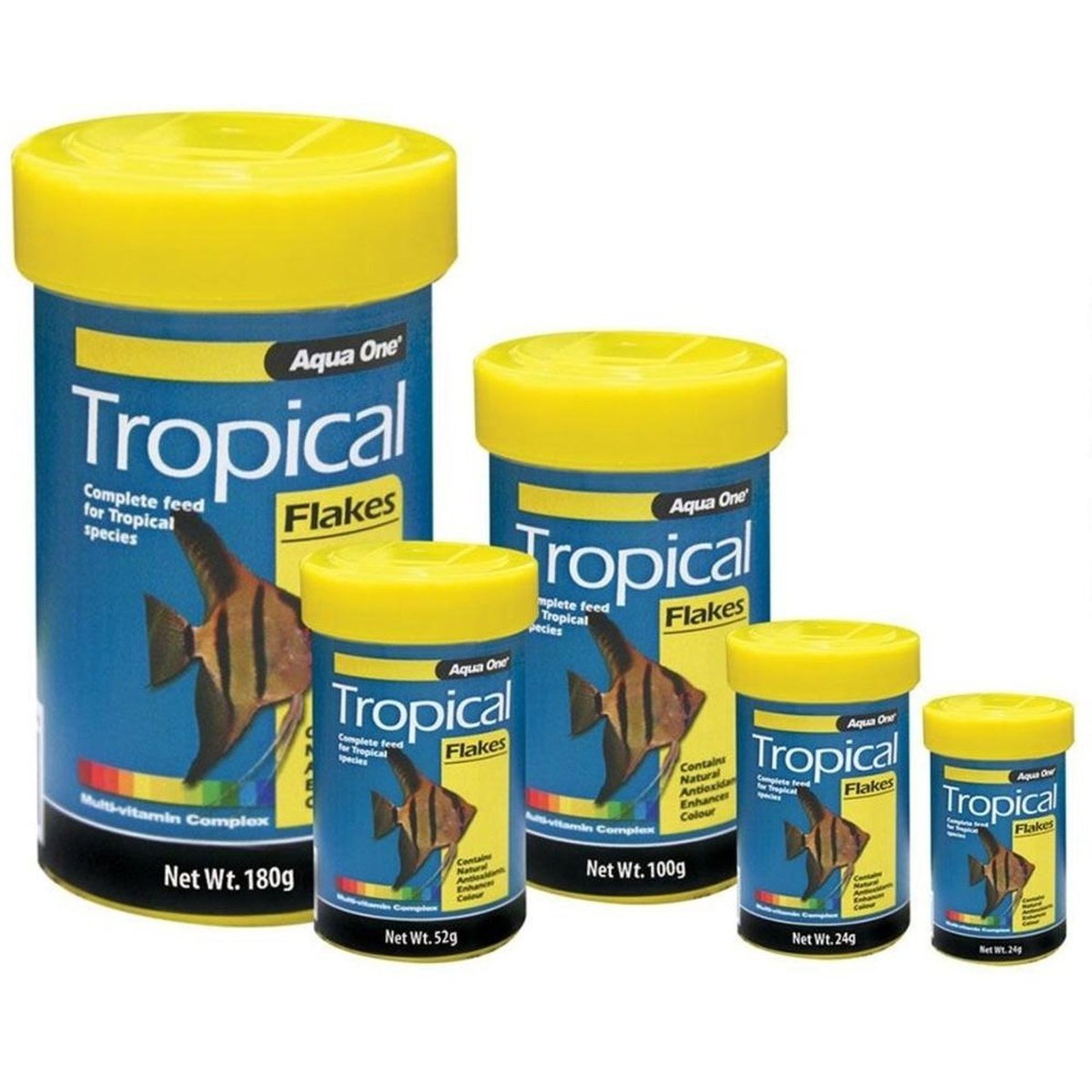
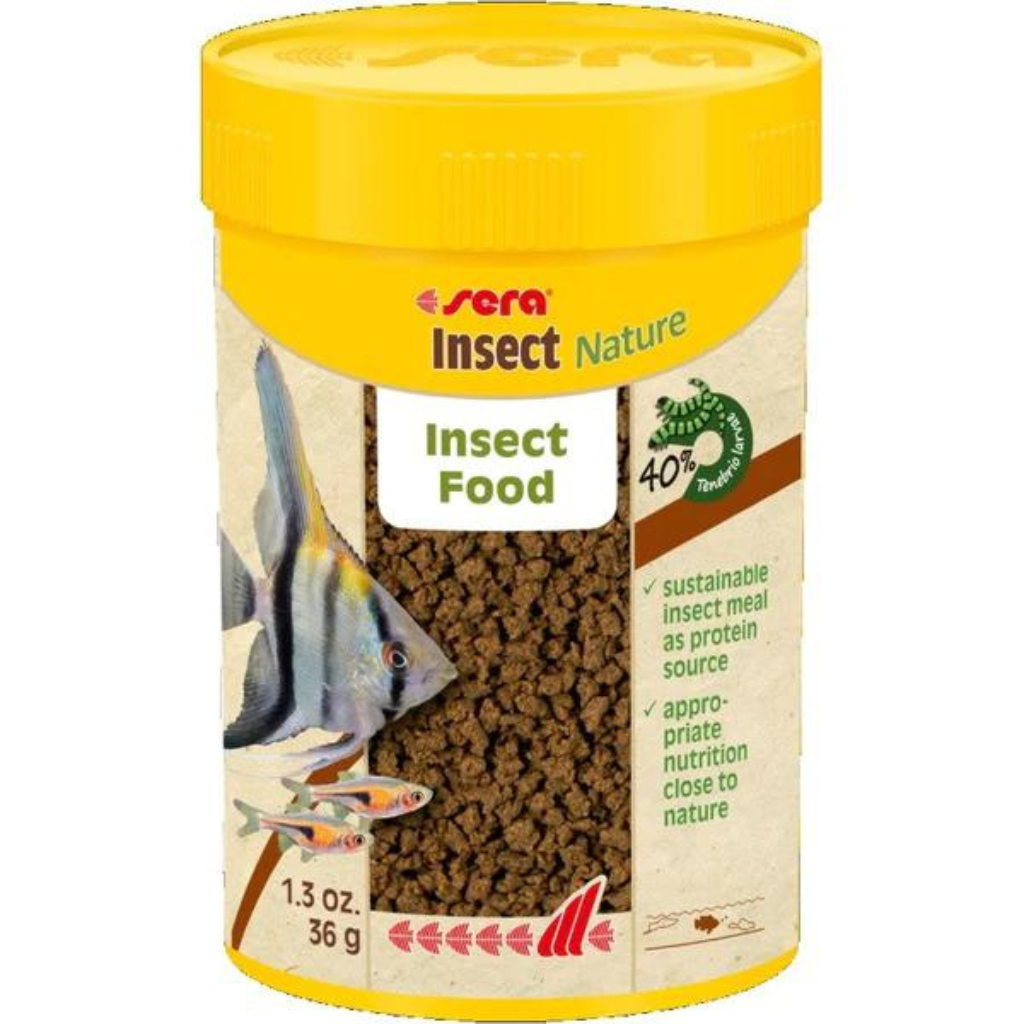
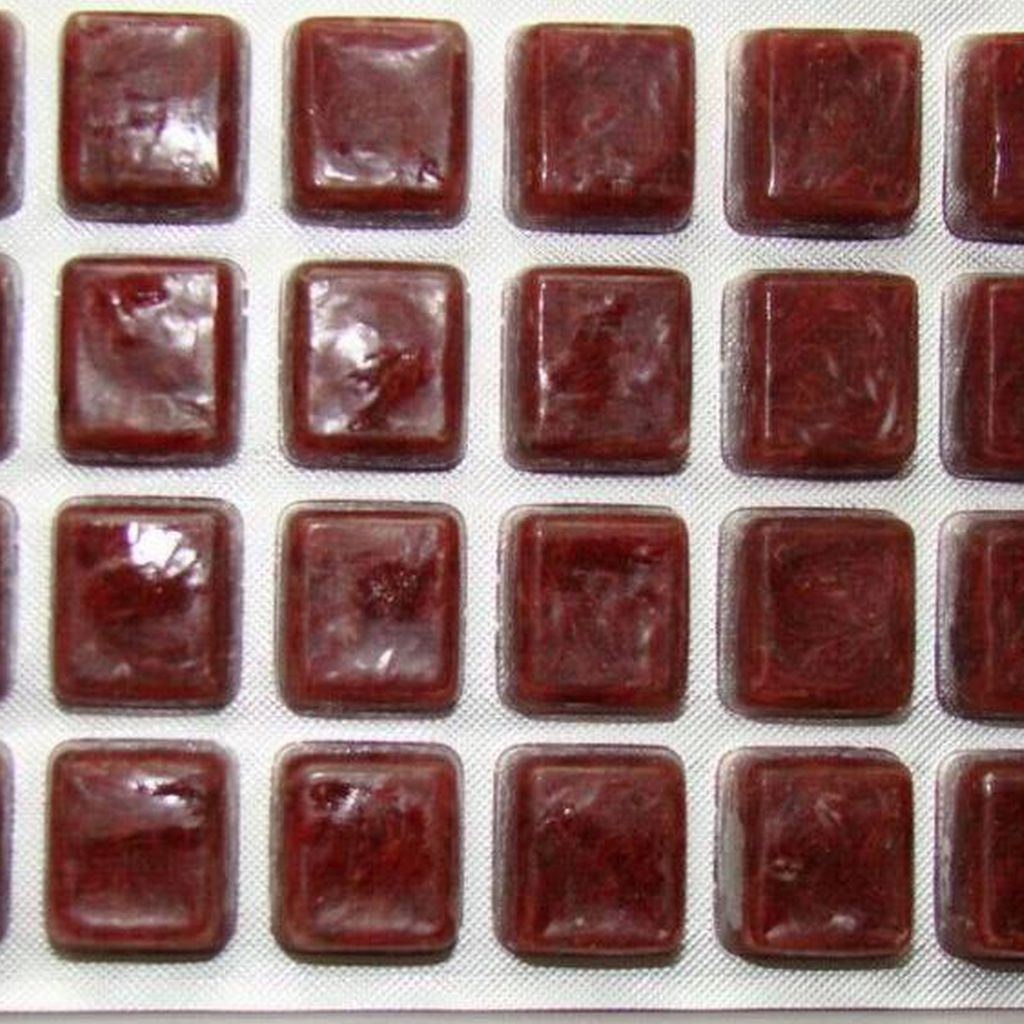






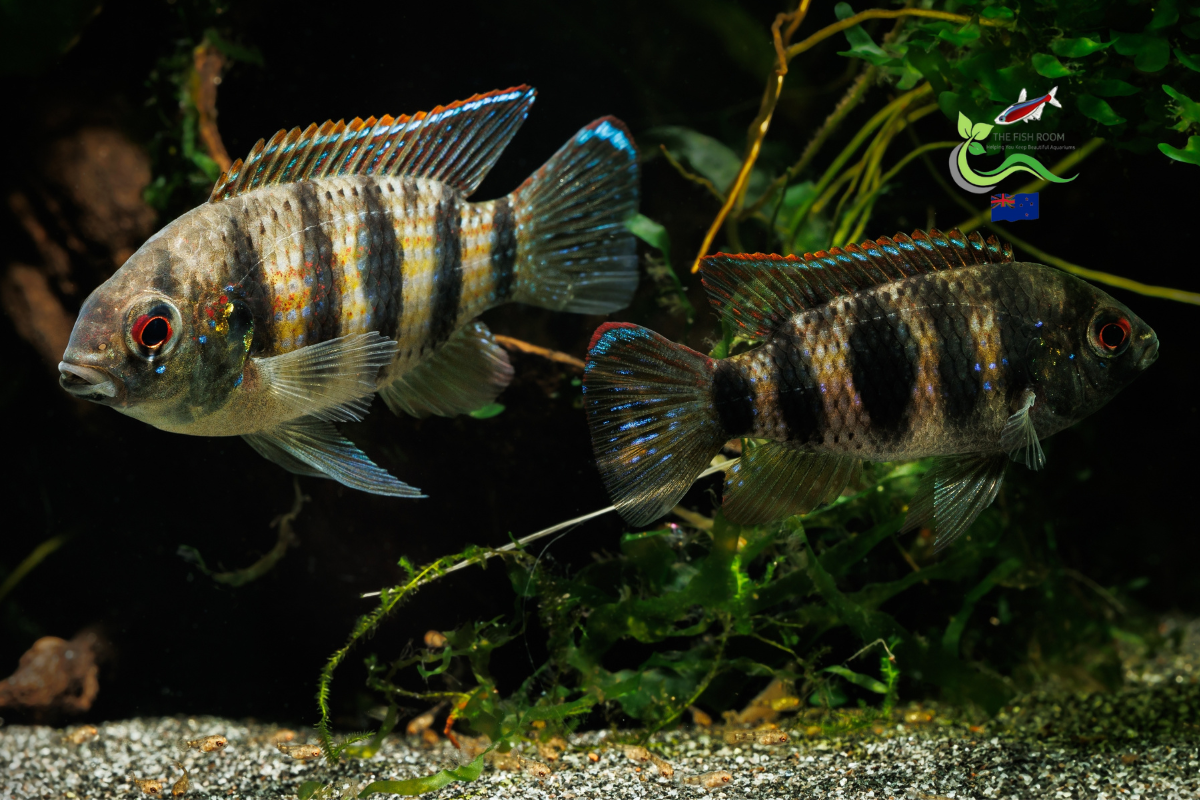
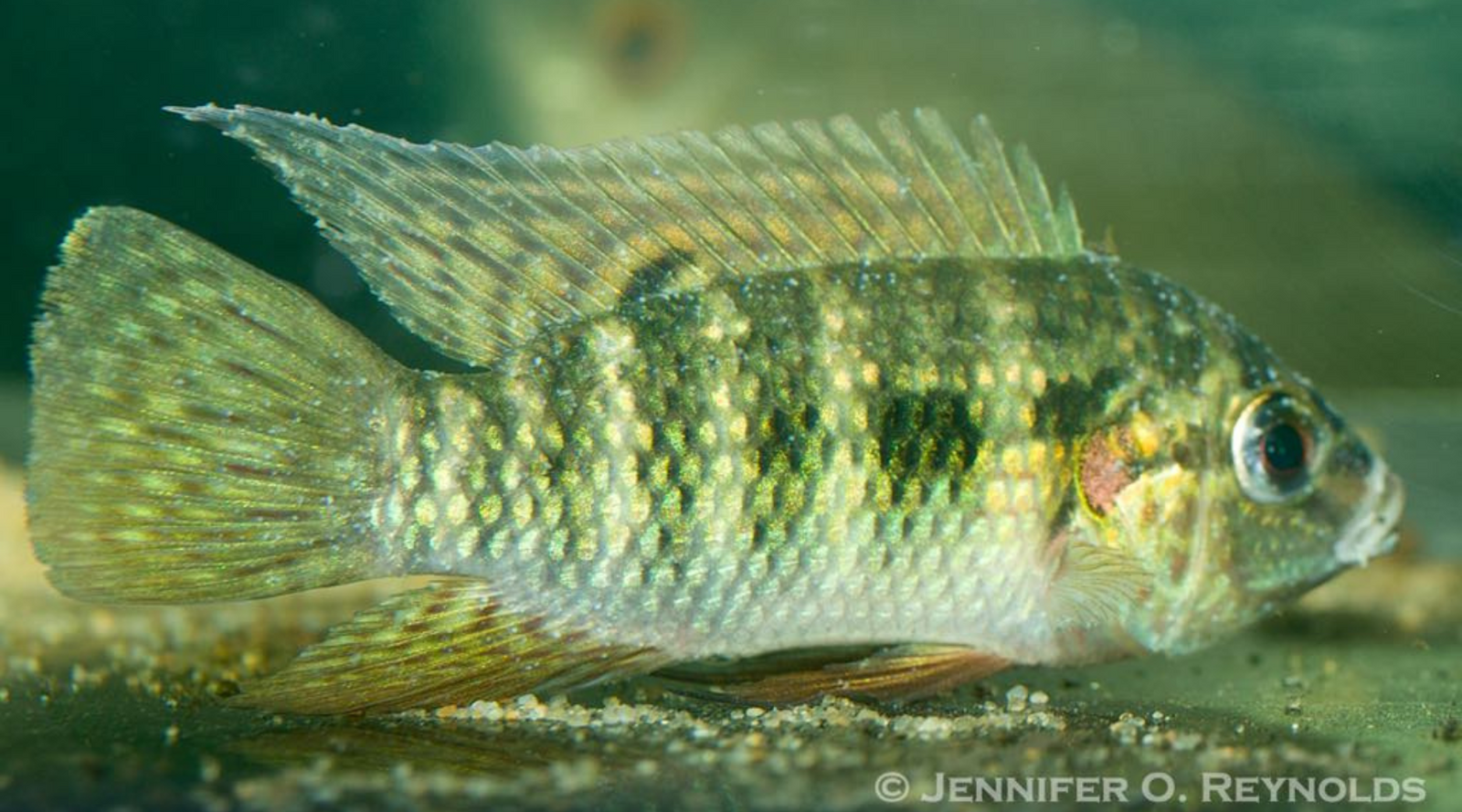
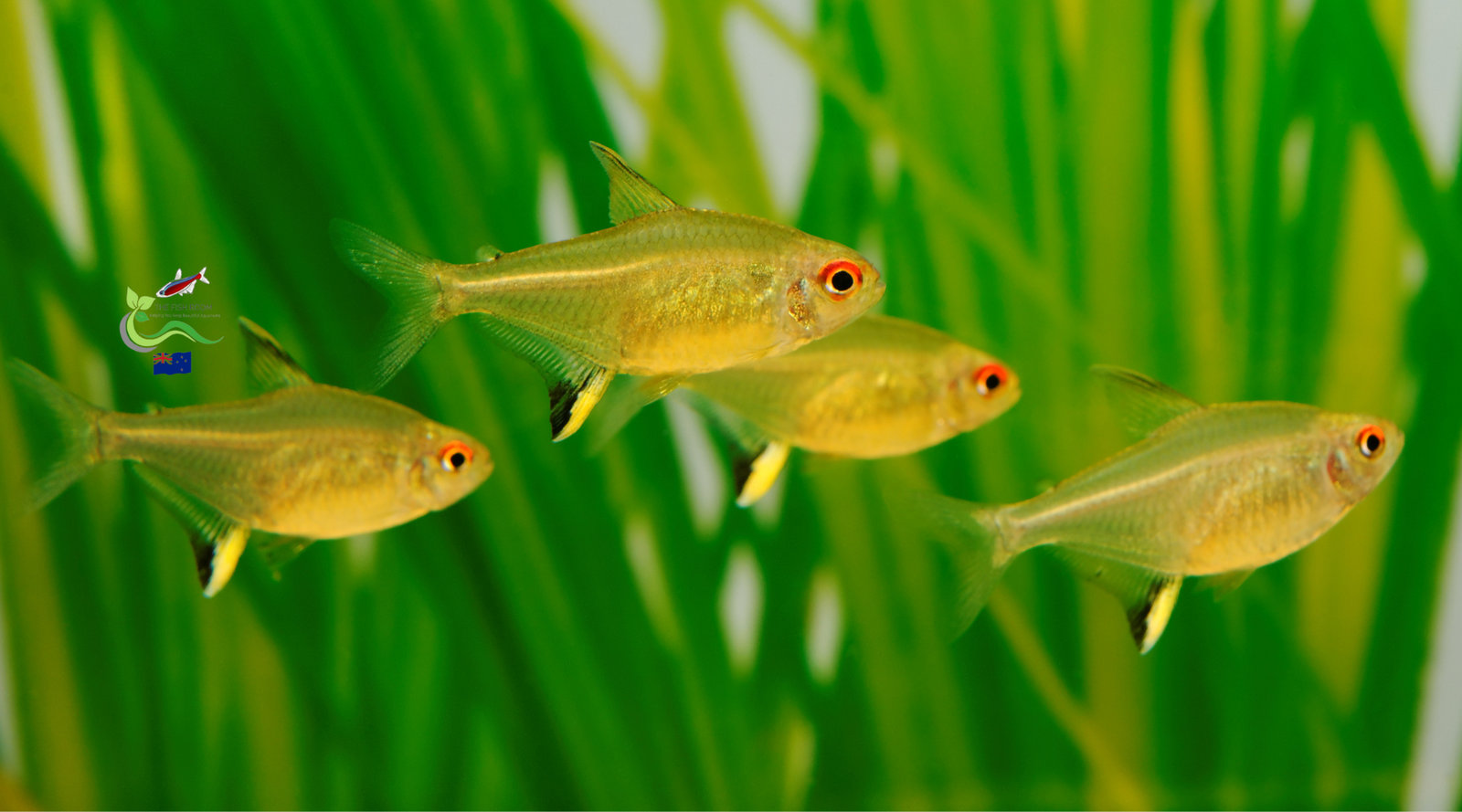
Leave a comment (all fields required)